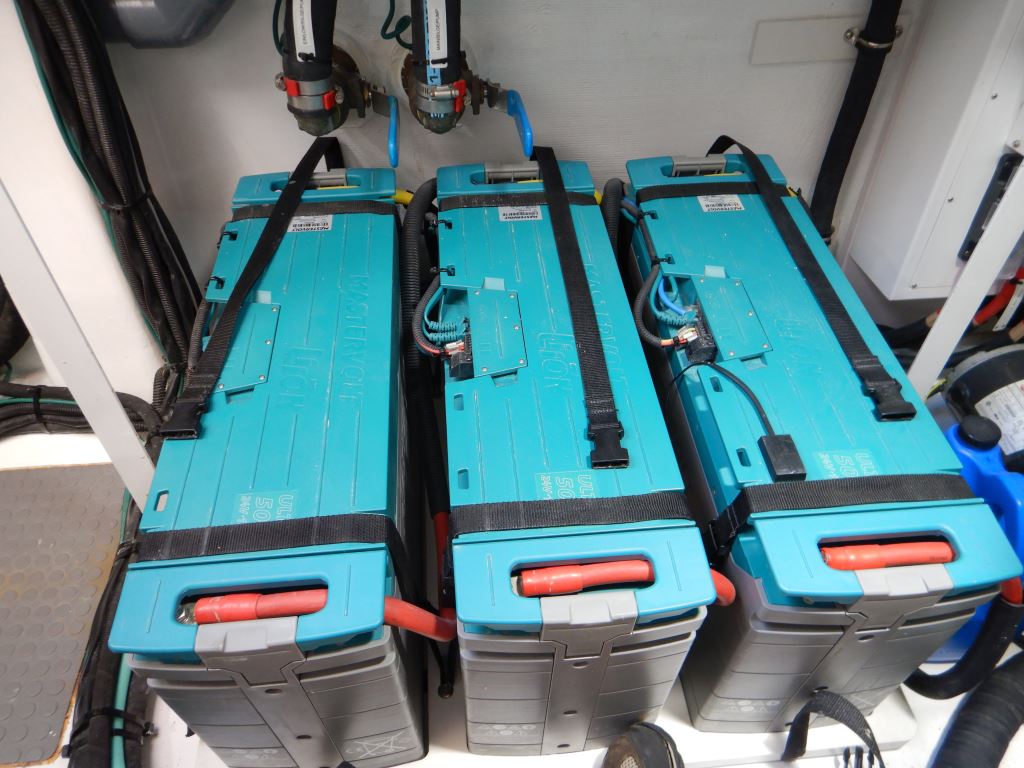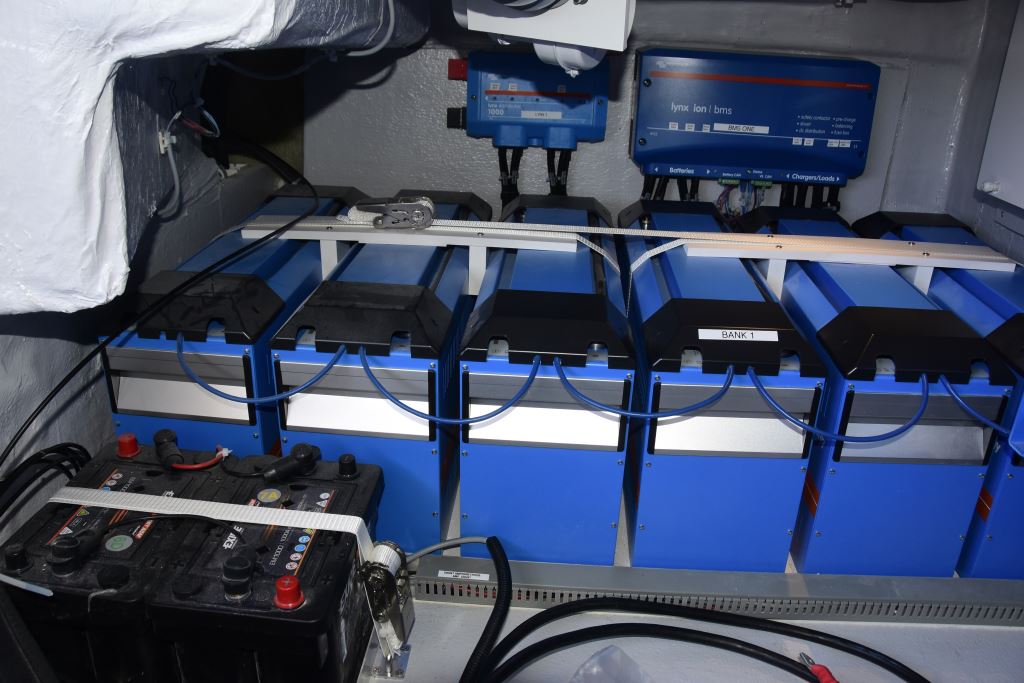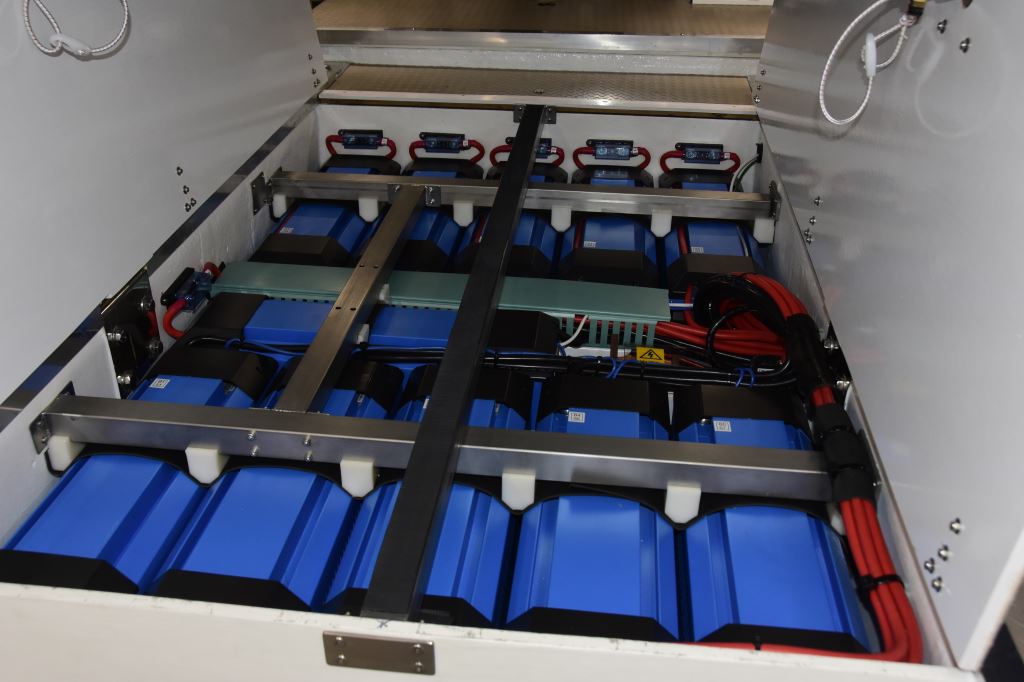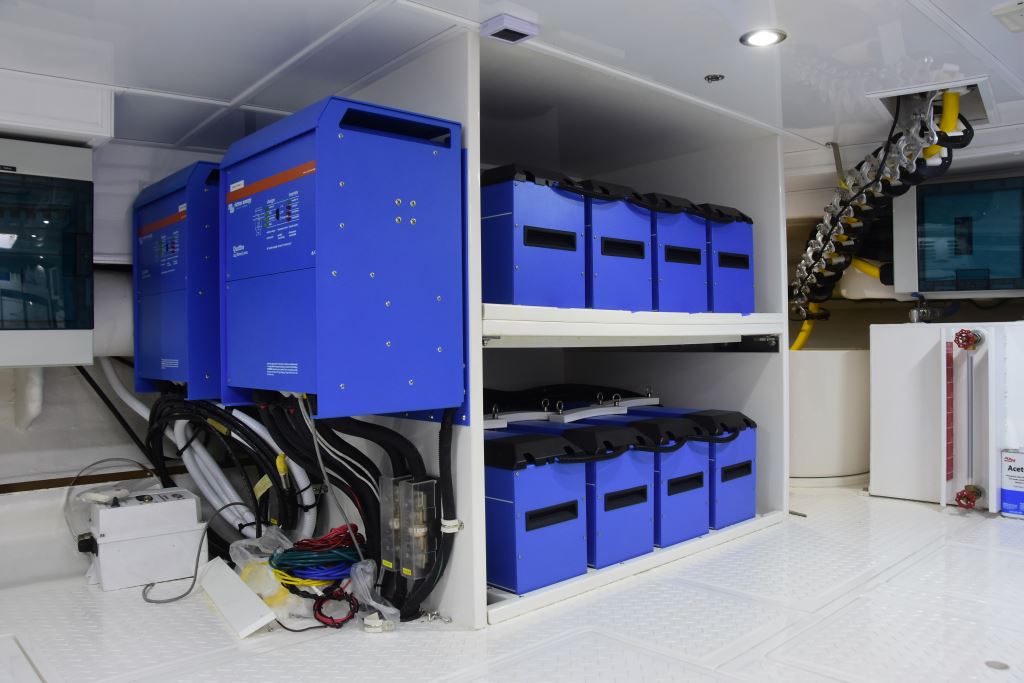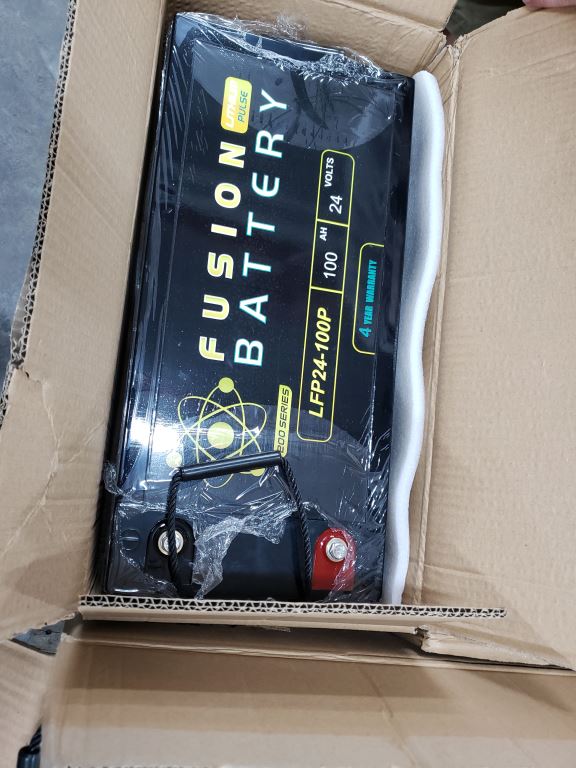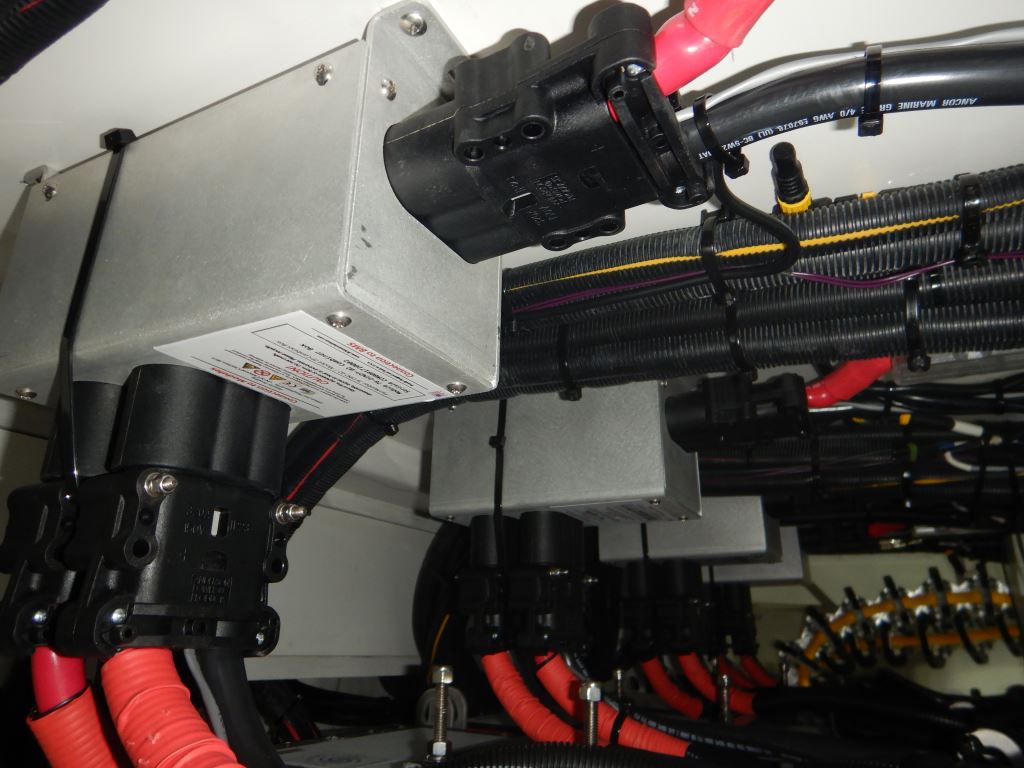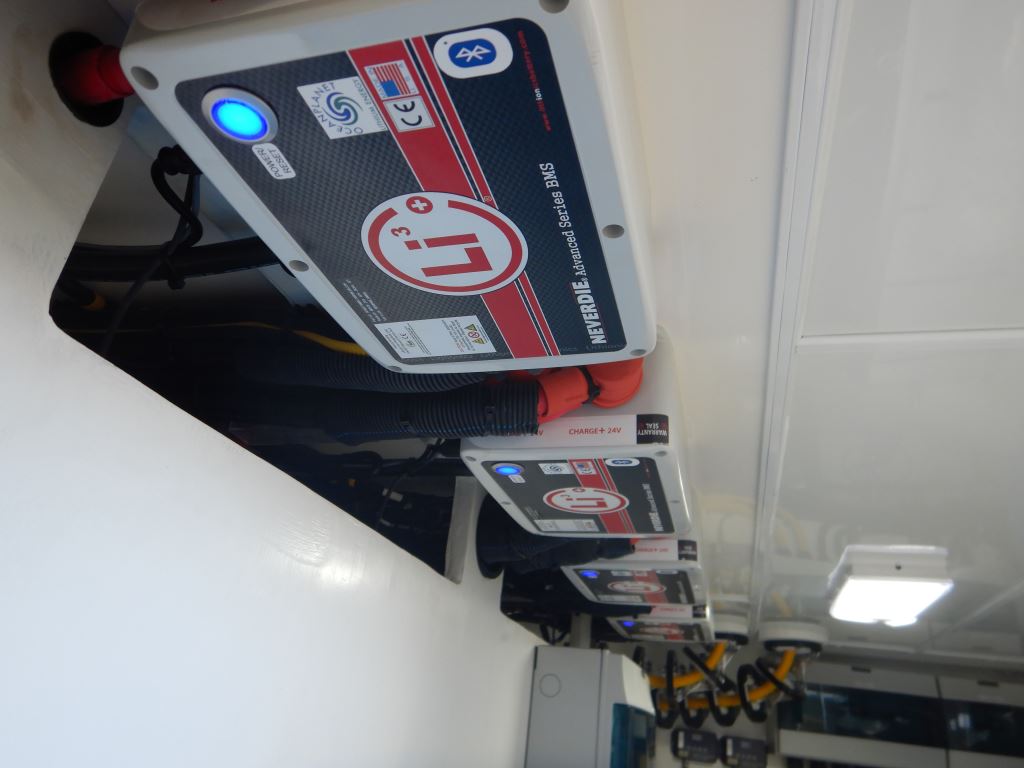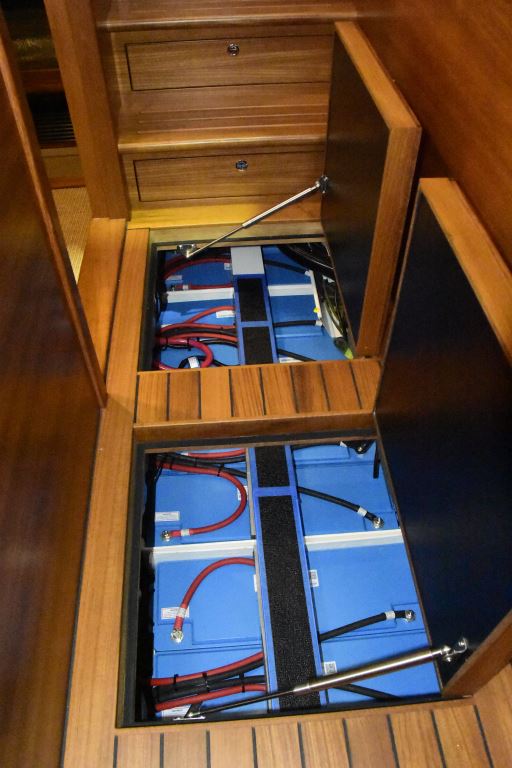From the Masthead
Preparing for a Survey
I write this month’s Marine Systems Excellence column while on a flight returning from Taiwan and Malaysia, where I carried out inspections of new build projects.
Taiwan is famous for its rock Macaque monkey colonies, this mother and baby, along with what I call ‘the contemplative fellow’ live at Shoushan, in Kaohsiung, otherwise known as “Monkey Mountain”. The bird, a white-rumped Shama, was also photographed at Shoushan.
On far too many occasions, while conducting a pre-purchase inspection, I have silently thought, and sometimes cursed, to myself, “How could the selling broker describe this vessel as ‘immaculate’, or ‘recently detailed’ or, ‘the best XXXX on the market’?”
Not long ago I arrived at a 60+ foot vessel, along with several other professionals, including both hull and engine surveyors, brokers, and a captain, to carry out an inspection. This took place in South Florida, in August, and as I stepped into the saloon I was hit with not only extreme heat, but holding tank odor as well. The HVAC it turns out was malfunctioning, and the selling broker was inexplicably aware of it long before the survey date. Few things can kill a deal faster than a hot cabin that reeks of sewage.
It’s simple, as a seller, you have one opportunity to put your best foot forward, and while it may sound cliché, the ‘first impressions are lasting’ axiom could not be truer than in the case of a vessel that is being shown to would-be buyers for the first time. In light of that truism, sellers and selling brokers should do everything in their power to make certain a vessel is as ready as she can possibly be, for both potential buyers, and the survey that one hopes will follow. The following tips are based on my own experience in this realm.
- Make sure the vessel is thoroughly cleaned, including weather decks, accommodation spaces, engineering spaces, under engines and bilges. Think of this as an investment; nothing screams neglect like a bilge that is befouled with oil, fuel, dirt, gray water or hair. Oh, and those dryer sheets you’ve strategically placed in bilges only make it clear there is an odor problem you are attempting to hide. Instead of covering it up, find the source and eliminate it.
- Make certain all gear is in good working order, including running gear, steering, shift/throttle, get home system, and the HVAC. If something isn’t operational, be up front about it. There’s nothing worse than having an engine or genset overheat on a sea trial, so a pre-survey sea trial, during which engines, auto pilots, water maker and other gear are tested, can help avoid potentially deal-killing issues. Given the choice, a pre-survey sea trial makes good sense. Make certain the bottom, running gear and thrusters are clean. Wing engines often have issues on sea survey sea trials because they aren’t run often enough, they or their stuffing boxes frequently overheat. SDMC offers a “Pre-Sale Inspection Program”, the details of which can be found here.
- The vessel should not be packed to the overhead with personal belongings, stores, tools and spares. If it is, consider removing some of the gear, it will show better and doing so will make life easier for surveyors, which will put them in a better mood, which is always desirable.
- Under promise and over deliver, i.e., don’t say the vessel was ‘recently detailed’ or ‘immaculate’, or underwent a ‘no expense spared refit’ if that isn’t 100% accurate. This sort of embellishment is obvious, and quickly kills the credibility of the seller or selling broker.
- Changing the oil immediately before a survey, even if there’s nothing to hide, doesn’t look good and it relates back to credibility. Wise sellers will perform a full fluid analysis (this includes crankcase oil, gear oil, hydraulic fluid and coolant, for more on this see this article) before placing a vessel on the market; while others will go so far as to have the vessel surveyed or inspected before the FOR SALE sign is posted. Doing so can avoid surprises and unintended post-survey negotiations.
- Make sure all required safety gear is aboard, including and especially the proper number of PFDs.
- Have the vessel’s papers and manuals available for the survey crew.
- Make certain a competent individual is available to operate the vessel, a professional captain, or the owner, preferably someone who is familiar with the vessel and her systems.
This months Marine Systems Excellence column covers the subject of lithium-ion batteries, I hope you find it both interesting and useful.
Lithium-Ion Battery Wisdom
A lithium-ion battery bank that occupies the same real estate as a lead acid bank, will yield significantly greater amp-hour capacity, and cycle life.
Lithium-ion batteries come in a variety of chemistries, each with their own set of advantages and potential pitfalls; with lithium-iron-phosphate or LFP garnering the greatest support in the cruising vessel communities. While there are lithium-ion batteries that offer greater efficiency and energy density, the LFP variety represents the greatest balance of safety and performance; it’s what’s being used by the vast majority of boat builders and refit installers.
When compared to AGM batteries, which are a member of the lead-acid (also referred to as “LA”) family, the primary advantages of lithium-ion are efficiency-based, chief among these is the ability to be charged very rapidly, several times faster than AGM chemistry. They can also be deeply discharged, down to 10% or 20% state of charge, compared to AGM’s preferred 50% state of charge, without shortening their lifespan; and they can be left in a partial state of charge for an extended period of time without suffering the ill effects of sulfation. In fact, it’s best to avoid leaving them fully charged, a condition most LFP battery management systems (BMS) intentionally avoid. In addition to being able to endure deeper discharges, LFP batteries can be cycled many more times than lead acid batteries, and finally, lithium-ion batteries are significantly lighter than their lead-acid brethren.
While they are lighter than equivalently-sized lead acid batteries, lithium-ion batteries must never the less still be well secured, and ideally fully immobilized. Note the fuses for each battery visible at the far end of the bank.
As a result of the increased energy density, converting from lead-acid to lithium-ion yields either greater amp-hour capacity in the same foot print, with less weight, or the same energy capacity for a smaller foot print, and even less weight.
Thus far, lithium-ion seems like a win-win, so why wouldn’t any boat owner or builder make the switch to this seemingly miraculous electrical technology? As is often the case, there is a price to be paid for improved performance and lithium-ion is no exception, both literally and figuratively.
These batteries were equipped with a drip shield, it has been removed for inspection purposes. Supports for lithium-ion, and lead acid, batteries must be robust and capable of retaining the batteries under all sea and operating conditions the vessel might encounter. The security standard for power and sail blue water passage makers, as well as high speed planing craft, is necessarily high.
Perhaps the most noteworthy difference between lithium-ion and lead acid technology is cost; with lithium-ion batteries, depending on size and type, costing several times that of lead acid. However, with the extended cycle/lifespan, and faster charge times (this assumes more charge current can be brought to bear, in the form of more or larger chargers and alternators), which equates to shorter engine or generator run time, the difference in cost over the life of the battery bank is diminished, potentially even to the point of parity with LA batteries.
Then, there is of course the safety factor. Who hasn’t seen the videos of exploding cell phones or smoldering electric cars, and e-bike-induced fires, or read about the now infamous Boeing 787 battery debacle? It is true, all of these cases involve lithium-ion batteries, however, none of those were the LFP chemistry. Once again, LFP is among the safest of the lithium-ion chemistries; when comparing the Material Safety Data Sheets (MSDS) for LFP and AGM batteries, the distinction is clear, and it comes as a surprise to many that the warnings associated with the latter are generally more dire.
Ideally, lithium-ion batteries and high capacity inverter systems should be located as closely as possible, in order to keep cable runs short. Cables between batteries and inverters must often be doubled, i.e., two positive and two negative cables per inverter, to minimize voltage drop. The length of all of these cables should be as close to equal as possible.
The final distinction involves complexity. While advanced, high output, lead-acid charging systems can be complex, those associated with lithium-ion batteries rise to a higher level still, and for one primary reason, safety. While overcharging a lead-acid battery can, in rare cases, lead to overheating and fire, over-charging a lithium-ion battery can also have the same effect, again there are many on-line videos that illustrate this issue well. Lithium-ion batteries are also susceptible to issues when charged at especially high or low temperatures, which could make tropical or winter use problematic. It is, therefore, essential that lithium-ion batteries be “managed” by the aforementioned BMS. These management systems, which can be either external or integral, ensure that a lithium-ion battery cannot be over-charged or over-discharged (the latter too can damage the battery, or lead to overheating).
Lithium-ion batteries that include an integral BMS, often referred to as “drop ins” because it is believed they can directly replace lead acid batteries, are gaining in popularity.
Most BMS’s are designed to be fail-safe, meaning they will not let harm come to the batteries, as well as avoiding battery overheating and fire, even if that requires isolation of the battery from the vessel, i.e. shutting off the battery’s output, with the associated consequences of having either one disabled battery, or an entire disabled battery bank.
Large lithium Ion battery banks often utilize external battery management systems, and specialized components for interconnecting multiple batteries.
Li-Ion battery system designs must take this into account, and provide some form of back up, usually a fall over to the starting batteries, which as of the time of this writing, typically remain AGMs.
Lithium-ion battery banks should be installed in a manner that is conducive to inspection, which should be done at least monthly, and smoke detection should be part of every lithium-ion battery bank installation.
Perhaps the most important caveat of all where lithium-ion ion batteries are concerned is the value of opting for an integrated system, designed specifically for marine applications, and supplied by a reputable manufacturer, with a proven track record. The internet is rife with examples of inexpensive, “home brew” lithium-ion systems, used both ashore and afloat. While the users of these systems are free to do whatever they wish, the risk associated with these is substantially greater than vetted, properly engineered, BMS-controlled systems.
Finally, the American Boat and Yacht Council recently released a Standard, “E-13, Lithium-Ion Batteries”, which guides manufacturers and installers of lithium-ion battery systems. If you are considering installing such a system, or considering a retrofit, or purchasing as vessel that has one, make certain it, and the installation, comply with this guideline.

